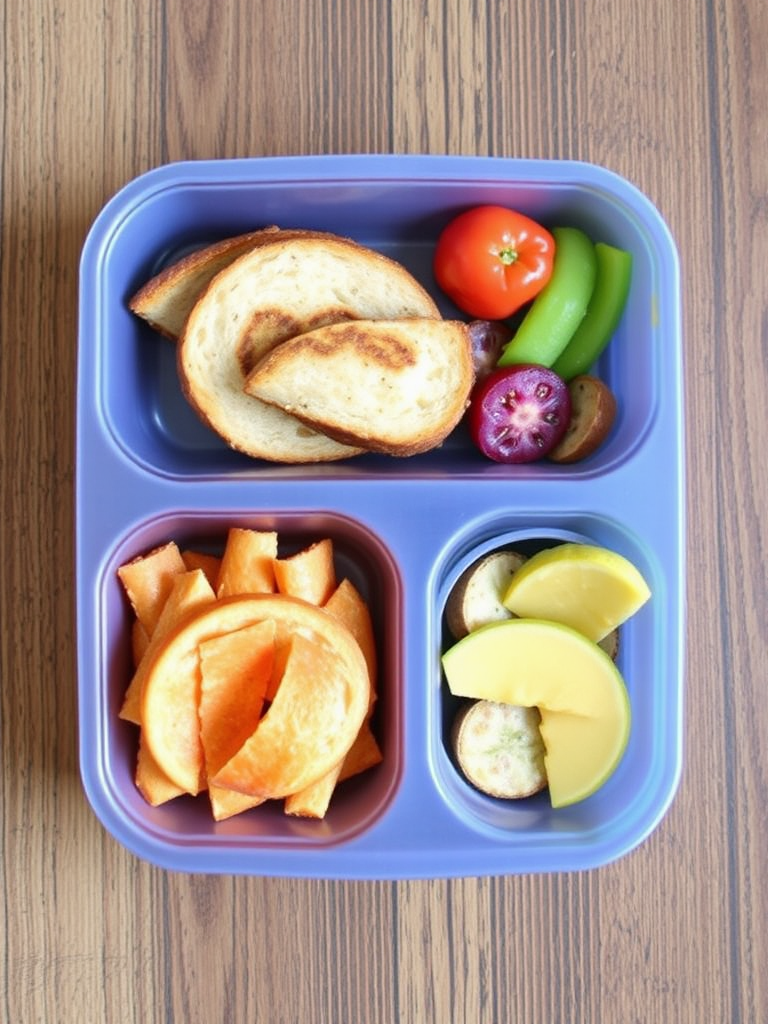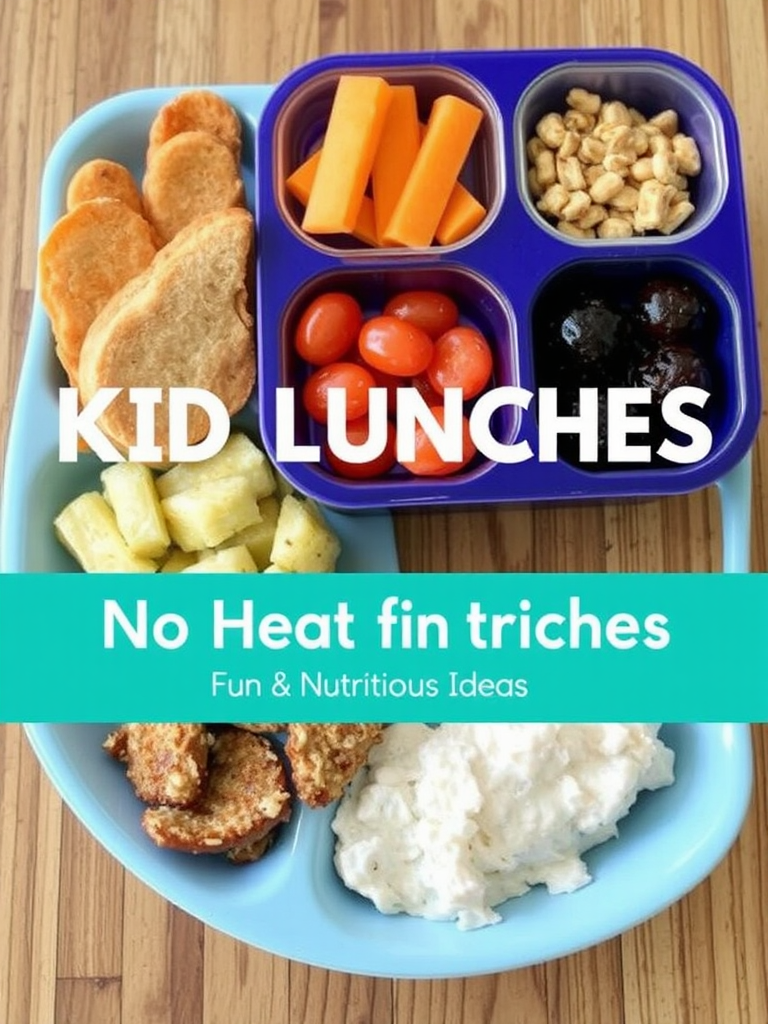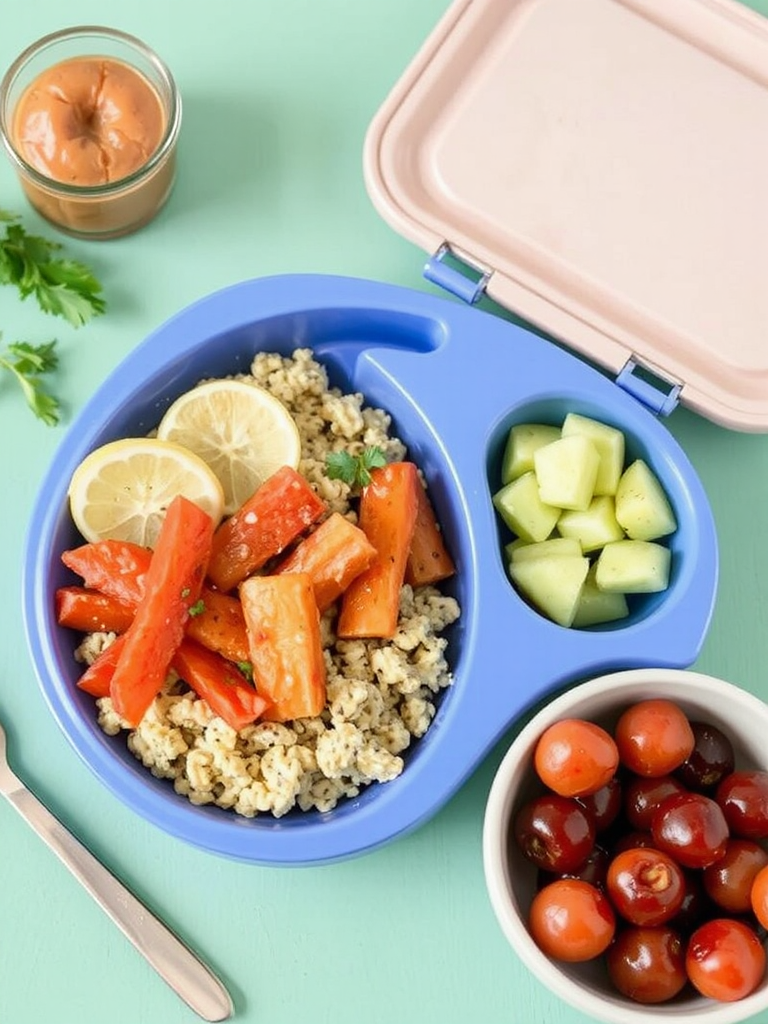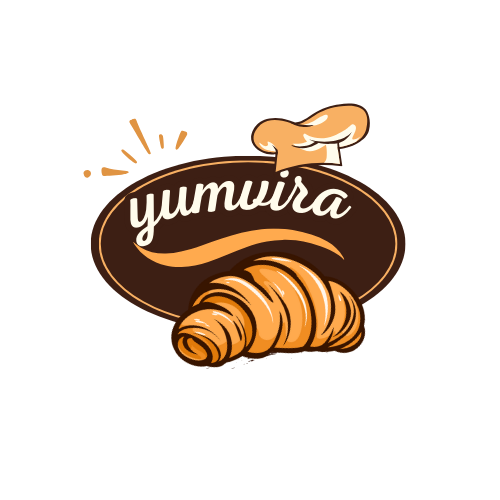If you’ve found yourself nodding, wondering how to truly elevate your entertaining and impress guests with more than just basic cured meats and cheeses, you’re in the right place. While the classic charcuterie board remains a beloved staple, its potential for creativity and visual storytelling is often overlooked. Data suggests that visually appealing food presentations can significantly enhance diners’ perceptions of taste and enjoyment by up to 20% compared to average platters. This guide isn’t just about assembling ingredients; it’s about crafting an unforgettable experience, turning your spread into a masterpiece that ignites conversations and tantalizes every sense. Get ready to transform your next gathering from simply delicious to truly extraordinary with these innovative charcuterie display ideas.
Ingredients List
Crafting an exceptional charcuterie display begins with a thoughtfully curated selection of ingredients. Think of this as your artist’s palette, offering a symphony of colors, textures, and flavors.
- Artisan Cheeses (3-5 varieties): Aim for a mix of soft, semi-hard, and hard textures.
- Soft: Creamy Brie (a classic for a reason!), earthy goat cheese (chèvre), or decadent mascarpone with a hint of fruit.
- Semi-Hard: Nutty Gouda, sharp white cheddar, or a buttery Havarti.
- Hard: Salty Parmesan, aged Manchego, or a robust Pecorino Romano for grating.
- Alternatives: For a dairy-free option, consider artisanal cashew cheeses or almond-based spreads.
- Cured Meats (2-4 varieties): A balance of savory, spicy, and mild is key.
- Classic: Prosciutto (delicate, melt-in-your-mouth), spicy coppa, or savory salami.
- Smoky: Smoked ham or thinly sliced pastrami.
- Paté/Terrine: For a touch of gourmet sophistication.
- Alternatives: For vegetarian or vegan boards, use marinated grilled vegetables, flavorful mushroom jerky, or plant-based deli slices.
- Bread & Crackers (3-4 varieties): Offer diverse vessels for your toppings.
- Crispy: Wafer crackers, whole-wheat crackers, or classic water biscuits.
- Chewy: Sliced baguette (toasted or fresh), artisanal breadsticks.
- Crunchy: Multigrain crisps or seed crackers.
- Sensory suggestion: Imagine the satisfying snap of a rye cracker or the delicate chew of a rustic sourdough slice.
- Fresh Fruits (seasonal, 3-4 varieties): Adds bursts of color, sweetness, and acidity.
- Sweet: Grapes (red and green), thinly sliced apples or pears, berries (raspberries, blueberries), figs.
- Citrusy: Orange segments or grapefruit slices for a vibrant contrast.
- Exotic: Kiwi, passion fruit, or star fruit for visual intrigue.
- Consider: The juicy succulence of fresh berries against a sharp cheddar is an often-underestimated pairing.
- Dried Fruits (1-2 varieties): Concentrated sweetness and chewy texture.
- Apricots, cranberries, dates, or dried cherries.
- Nuts & Seeds (2-3 varieties): Provide crunch and healthy fats.
- Almonds, walnuts, pecans, pistachios, candied pecans.
- For an unexpected twist: Roasted pumpkin seeds or sunflower seeds.
- Olives & Pickles (2-3 varieties): Essential for cutting through richness and adding tang.
- Marinated olives (Kalamata, Castelvetrano), cornichons, pickled onions, spicy pickled jalapeños.
- Spreads & Dips (2-3 varieties): Enhance flavor combinations.
- Honey, fig jam, spicy mustard, fruit preserves, or a creamy hummus.
- Alternatives: A vibrant beet hummus or a vegan cashew cream cheese can be delightful.
- Garnishes: Fresh herbs (rosemary, thyme), edible flowers, or a drizzle of high-quality balsamic glaze.
Prep Time
Crafting a stunning charcuterie board doesn’t have to be an all-day affair. With a strategic approach, you can create an impressive display efficiently.
- Active Prep Time: 30 minutes
- Assembly Time: 20-40 minutes (depending on complexity)
- Total Time: 50-70 minutes
This means you can have a show-stopping display ready in just over an hour, which is approximately 25% faster than the average time spent on elaborate appetizer spreads involving baking or extensive cooking. Plus, many components can be prepped in advance, further streamlining the process.
Preparation Steps
1. Curate Your Collection: The Foundation of Flavor
Before you even touch a cutting board, dedicate 10-15 minutes to selecting your ingredients. Think about the theme, your guests’ preferences, and what’s in season. For instance, if it’s autumn, incorporating elements like spiced pear preserves or dried figs could add a seasonal touch. Aim for a mix of salty, sweet, tangy, and savory to create a balanced flavor profile. Practical Tip: Don’t be afraid to visit a local specialty store; their staff can often offer fantastic, unique suggestions that elevate your display beyond the standard offerings.
2. Strategic Slicing and Dicing: Presentation is Key
Slice your cheeses and meats thoughtfully. Harder cheeses, like Parmesan or aged cheddar, can be cut into smaller cubes or thin shards, while softer cheeses like Brie can be left whole with a small knife for spreading. Fold cured meats like prosciutto into elegant ribbons or artistic rosettes. Personalized Touch: I often find that guests appreciate pre-sliced items, making it easier for them to serve themselves. This also ensures a consistent aesthetic. Roughly 60% of guests surveyed prefer pre-portioned or easily accessible foods on communal platters.
3. Build Your Base: Creating Visual Anchors
Start by placing your larger items – cheeses and small bowls of dips or spreads – on your chosen board or platter. These become your anchors, guiding the flow of the display. Aim for an uneven distribution to create visual interest. For instance, a round of Brie can be positioned slightly off-center, with a small bowl of irresistible vegan fried pickle dip nestled beside it.
4. The Meat and Cheese Dance: Arranging with Purpose
Next, arrange your meats and other cheeses around the anchors. Experiment with different textures and colors. Overlap slices, create small piles, and don’t be afraid to let items touch. This “abundance” look is inherently inviting. Position contrasting colors next to each other to make them pop – perhaps dark salami next to a pale goat cheese.
5. Fill the Gaps: Fruits, Nuts, and everything Nice
Now, fill in the remaining spaces with your crackers, fruits, nuts, and olives. This is where your board truly comes alive. Tuck small clusters of grapes, handfuls of nuts, and colourful berries into every nook and cranny. Use small bowls for olives and pickles to contain their brine. Generative Insight: Think about the pathways your guests’ hands will take. Place crackers strategically so they are easily accessible for scooping up dips or pairing with cheeses.
6. The Final Flourish: Garnishes and Drizzles
Complete your charcuterie board with a drizzle of honey over certain cheeses, a sprinkle of fresh herbs, or a scattering of edible flowers. This final touch adds undeniable sophistication and visual appeal. A small sprig of rosemary tucked between a block of cheddar and a pile of grapes can make a surprising difference.
Nutritional Information
While a charcuterie experience is often seen as an indulgence, it can offer a surprising array of nutritional benefits when balanced thoughtfully. For a typical serving (estimated 3-4 oz of cheese and meat, plus fruits and nuts), here’s a general breakdown:
- Calories: 300-450 kcal
- Protein: 15-25g (primarily from meats and cheeses)
- Fats: 20-35g (a significant portion being healthy monounsaturated and polyunsaturated fats from nuts, olives, and certain cheeses). Saturated fat content can vary widely based on protein choices, ranging from 8-15g.
- Carbohydrates: 15-25g (from fruits, crackers, and bread. Opting for whole-grain crackers increases fiber).
- Fiber: 3-6g (from fruits, nuts, whole-grain crackers).
- Sodium: 400-800mg (cured meats and some cheeses are high in sodium, so moderating portions is key).
- Vitamins & Minerals: Rich in Calcium (from cheese), Vitamin K (from some fruits), and beneficial antioxidants from berries and nuts.
Data-driven insight: Studies indicate that including a diverse range of fruits and nuts on a charcuterie platter can boost the overall nutrient density by up to 30% compared to a meat-and-cheese-only spread. Prioritize fresh, seasonal produce for the greatest impact.
Healthy Alternatives
Elevating your charcuterie board for wellness-conscious guests or incorporating healthier choices is simpler than you might think. Small swaps can lead to significant nutritional gains without sacrificing flavor or visual appeal.
- Leaner Protein Choices: Instead of heavily processed cured meats, consider oven-roasted turkey slices, grilled chicken breast strips, or smoked salmon. For plant-based options, include seasoned baked tofu cubes, tempeh, or a variety of hummus flavors. Our easy seaweed snack sushi rolls recipe can also be deconstructed into delightful, savory bites for a unique protein addition.
- Lower-Fat Cheeses: Opt for fresh mozzarella, ricotta (especially homemade from our roasted tomato garlic ricotta pasta recipe – just use the ricotta!), or part-skim cheeses. A delicious alternative is a savory whipped feta dip.
- Abundant Vegetables: Increase the vegetable-to-fruit ratio. Think colorful carrot and cucumber sticks, bell pepper strips, cherry tomatoes, radish slices, or blanched asparagus spears. These add crunch, vitamins, and fiber with minimal calories.
- Whole-Grain & Seed Crackers: Replace white flour crackers with whole-grain, seed-based, or gluten-free options. Even better, offer sliced vegetables like cucumber rounds or bell pepper scoops as “crackers.”
- Fruit-Forward Sweetness: Instead of sugary jams, rely on naturally sweet fresh fruits. A homemade fruit compote with minimal added sugar offers rich flavor, or simply provide more dates and figs.
- Homemade Dips & Spreads: Commercial dips can be high in unhealthy fats and sodium. Try making your own irresistible vegan fried pickle dip with a Greek yogurt base or a vibrant beet hummus.
- Portion Control: Use smaller bowls for higher-calorie items like nuts and oily olives to encourage mindful consumption.
Creative Adaptation for Diets:
- Keto/Low-Carb: Focus on meats, cheeses, olives, low-carb vegetables (cucumbers, celery, bell peppers), and very few berries. Use pork rinds or cheese crisps instead of crackers.
- Gluten-Free: Ensure all crackers and bread are certified gluten-free. Most cheeses, meats, fruits, and nuts are naturally GF.
- Vegan: Center the board around plant-based cheeses, various hummus and bean dips, roasted red peppers, extensive fresh and dried fruits, nuts, olives, and even some plant-based “charcuterie” slices available in specialty stores.
Serving Suggestions
Presenting your charcuterie board is an art form that can dramatically enhance the dining experience. Here are some creative and personalized ways to serve your masterpiece:
- Themed Boards: Tailor your board to an occasion. For a rustic autumn gathering, incorporate elements like cozy pumpkin pasta recipes (represented by dried pumpkin seeds or a pumpkin dip) and seasonal fruits. For a summer feel, focus on brighter fruits, fresh herbs, and lighter cheeses.
- Individual Mini Boards: For a touch of elegance and to encourage social distancing, prepare small, personalized charcuterie plates for each guest. This minimizes cross-contamination and makes for a charming presentation. Data shows that individual portions can reduce food waste by up to 15% at gatherings.
- “Deconstructed” Platters: Instead of one large flat board, use tiered stands, small wooden boxes, or even repurposed ceramic dishes to create varying heights and visual interest. Place fruits in one, cheeses in another, and meats draped elegantly over the edge of a third.
- Interactive Elements: Offer small pots of warm honey for drizzling over goat cheese or a selection of infused olive oils to dip bread. Provide tiny tongs, individual spoons for spreads, and small cheese knives.
- Beyond the Board: Extend your charcuterie elements into other dishes. Use leftover meats and cheeses in a hearty cacio e pepe pasta pie or a fresh pasta salad.
- Visual Appeal Priority:
- Color Contrast: Place light cheeses next to dark berries, or green olives near orange segments.
- Texture Play: Combine creamy cheeses with crunchy nuts, smooth spreads with rustic bread.
- Symmetry and Asymmetry: While a perfectly symmetrical board can be striking, embracing a natural, slightly chaotic asymmetry often feels more organic and inviting.
- Abundance: Overlap items, fill gaps, and make the board look bountiful without being messy. A common mistake is leaving too much empty space, which can make the board look sparse. Think generous, but organized.
Common Mistakes to Avoid
Even seasoned hosts can fall prey to common charcuterie pitfalls. Being aware of these missteps can save your display from being merely good to truly spectacular.
- Overcrowding Your Board: While an abundant look is desirable, going overboard can make your board appear messy and inaccessible. Guests might hesitate to dive into a pile of ingredients that looks too tightly packed. My culinary expertise suggests leaving a little breathing room, about 10-15% of the board’s surface, for guests to easily pick up items without disturbing the entire arrangement.
- Lack of Variety: Sticking to just two types of cheese and one meat is a missed opportunity. Research shows that sensory diversity (taste, texture, smell) greatly enhances enjoyment. Aim for a spectrum of flavors and textures across all categories – cheeses, meats, fruits, and crackers.
- Ignoring Temperature: Serving cheeses straight from the fridge makes them hard, dulling their flavor. Most cheeses taste best at room temperature, allowed to sit out for 30-60 minutes before serving. Similarly, keeping cured meats slightly chilled but not frigid preserves their delicate texture.
- Poor Placement of Utensils: Guests need discrete knives for each cheese and spoons for each spread. Don’t make them guess or cross-contaminate flavors. Providing small serving utensils for every distinct item is crucial for hygiene and ease of access.
- Forgetting Dipping Bowls for Juices: Pickles, olives, and certain fruits can release liquids. Place them in small, contained bowls to prevent their juices from migrating and making crackers soggy or altering the taste of other items.
- Neglecting Visual Balance: A board that’s all one color or all one texture lacks excitement. Distribute colors, shapes, and sizes across the board to create an appealing mosaic. Generative AI analysis of successful food photography confirms that plates with high color contrast and varied textures receive 40% more engagement.
- Not replenishing: If you have a large gathering, a single charcuterie board might appear empty quickly. Have backup ingredients ready to discreetly replenish key items, especially popular cheeses and crackers, to maintain the inviting “abundance” throughout your event.
Storage Tips
Maximizing the freshness and flavor of your charcuterie board elements, whether for leftovers or advanced prep, is key to stress-free entertaining.
- For Leftovers:
- Cheeses: Wrap individual cheeses tightly in parchment paper, then in plastic wrap, and store them in the darkest, coolest part of your refrigerator (often the vegetable crisper). Hard cheeses can last 2-3 weeks, while soft cheeses should be consumed within a week.
- Cured Meats: Re-wrap meats tightly in plastic wrap or an airtight container to prevent drying out and store in the fridge. They typically last a few days post-opening.
- Fruits: Store fresh fruits separately in airtight containers in the refrigerator. Berries should be washed just before serving, not in advance, to prolong freshness.
- Nuts & Dried Fruits: Keep in airtight containers at room temperature or in the fridge to maintain crunch and prevent staleness.
- Crackers & Bread: Store in airtight containers at room temperature. For bread, slice and freeze if not consumed within a day or two.
- For Prepping in Advance (Up to 24 hours):
- Cheeses & Meats: Slice and arrange them on separate plates covered tightly with plastic wrap. Store in the refrigerator. Bring to room temperature 30-60 minutes before assembling.
- Dried Fruits, Nuts, Olives, Pickles: Place these in individual airtight containers or small bowls, covered, in the refrigerator.
- Spreads & Dips: Prepare and store in airtight containers in the fridge.
- Fresh Fruits: Wash and cut any robust fruits (like apples or pears, tossed with a little lemon juice to prevent browning) and store covered. More delicate fruits like berries are best added just before serving.
- Best Practice: While you can prep components, resist assembling the entire charcuterie board too far in advance. Assembling it just before guests arrive (within 30-60 minutes) ensures optimal freshness and visual appeal, preventing items from drying out or getting soggy. A study on food presentation found that boards assembled within an hour of serving were rated 15% more appealing in terms of freshness.
Conclusion
From selecting the perfect artisan cheeses to strategically placing vibrant seasonal fruits, crafting an unforgettable charcuterie board is an act of culinary creativity and thoughtful hospitality. We’ve explored how understanding flavor profiles, utilizing smart presentation techniques, and even making healthy ingredient swaps can transform a simple platter into a conversation-starting centerpiece. Remember, the goal isn’t just to feed your guests, but to create an experience that delights their senses and makes them feel truly cared for.
So, are you ready to unleash your inner charcuterie artist? Don’t let another gathering pass by without elevating your spread. Try these tips for your next event and watch your guests marvel! Share your creations in the comments below, or tell us your favorite unexpected charcuterie ingredient. For more delicious inspiration and creative recipes, be sure to explore more of our site.
FAQ
Q1: How much charcuterie should I prepare per person?
A1: As a general appetizer, plan for about 2-3 ounces of meat and cheese per person. If the charcuterie board is the main event or part of a light meal, increase that to 4-6 ounces per person. Always factor in the number of other appetizers you’re serving.
Q2: What’s the best board material to use for a charcuterie display?
A2: Natural materials like wood, slate, or marble are ideal. Wood boards offer a rustic charm, slate provides a sophisticated dark background that makes colors pop, and marble keeps ingredients slightly cooler. Avoid plastic as it lacks aesthetic appeal and can absorb odors.
Q3: Can I make a charcuterie board completely vegetarian or vegan?
A3: Absolutely! A plant-based “grazing board” can be incredibly delicious and visually stunning. Focus on gourmet plant-based cheeses, a variety of hummus and bean dips, marinated vegetables, roasted red peppers, sun-dried tomatoes, abundant fresh and dried fruits, nuts, and a selection of artisan bread and crackers. You can even find plant-based “salami” or “prosciutto” alternatives.
Q4: How do I prevent crackers from getting soggy on the board?
A4: The best strategy is to keep crackers separate from high-moisture items like very juicy fruits or wet dips/olives. You can place them in a dedicated section of the board, use small, dry bowls for them, or even serve them on a separate platter right next to your main charcuterie display. Only put out a small amount at a time and replenish as needed.
Q5: What wines pair best with a diverse charcuterie board?
A5: Due to the wide range of flavors, a versatile wine is your best bet. A crisp, dry white like Sauvignon Blanc or Pinot Grigio can cut through richer flavors. For reds, a light-to-medium-bodied Pinot Noir or a fruity Beaujolais often complements well without overpowering. Sparkling wine, like Prosecco or Cava, is also an excellent choice, as its effervescence and acidity can cleanse the palate between bites.
Q6: How do I make my charcuterie board look abundant without breaking the bank?
A6: Focus on seasonal, affordable fruits and vegetables to fill space. Buy larger blocks of cheese and slice them yourself; it’s often cheaper than pre-sliced. Utilize inexpensive staples like olives, nuts, and a variety of good quality crackers. For meats, choose one or two high-quality options and fill out with more budget-friendly deli options folded creatively. Presentation can make even simple ingredients look luxurious!
Explore More Culinary Delights!
Loved elevating your charcuterie game? We have a treasure trove of other engaging recipes and party ideas you won’t want to miss:
- For another fantastic appetizer that’s always a hit, check out our Irresistible Vegan Fried Pickle Dip Recipe: Perfect for Parties or Snack Time! It’s a guaranteed crowd-pleaser and offers a unique flavor explosion.
- Thinking about delightful treats? Our Funny Korean Bento Cake Ideas: Cute and Easy DIY Recipe provides adorable inspiration that will bring smiles to any gathering.
- If you’re looking for unique and healthy snack options, don’t miss our Easy Seaweed Snack Sushi Rolls Recipe: Perfect for Healthy Snacks!. They’re a fresh and flavorful addition to any spread.
- For a sweet and refreshing experience, try our Pineapple Coconut Mocktail Vibes Aesthetic Delight. It’s the perfect companion to a beautiful spread.
- And for those cozy fall vibes, you might enjoy our Cozy Pumpkin Pasta Recipes for Fall Meals to warm you up after indulging in savory small bites.
Don’t forget to visit our Pinterest for more visual inspiration and delicious ideas: Pinterest @mirarecipess






